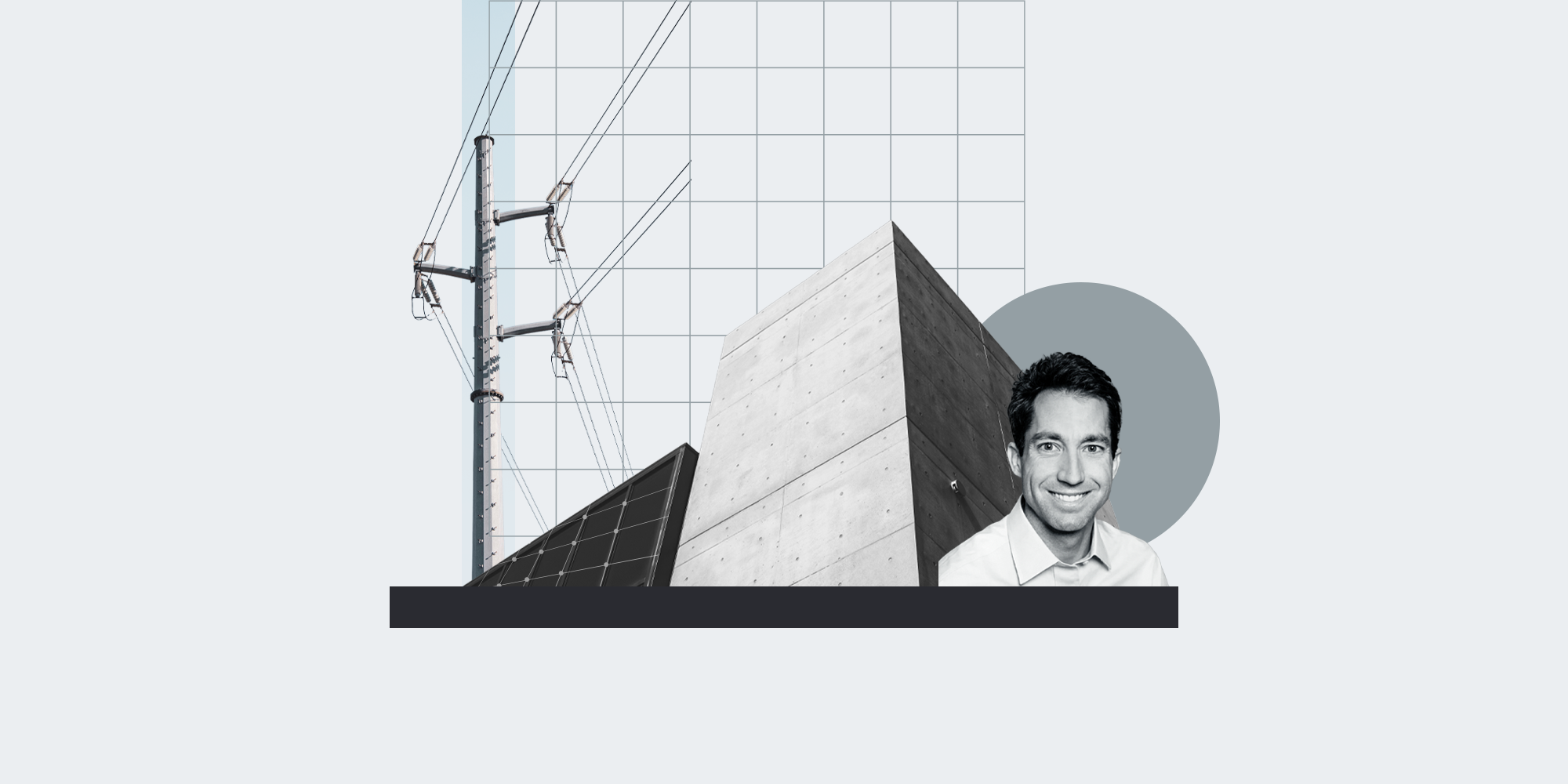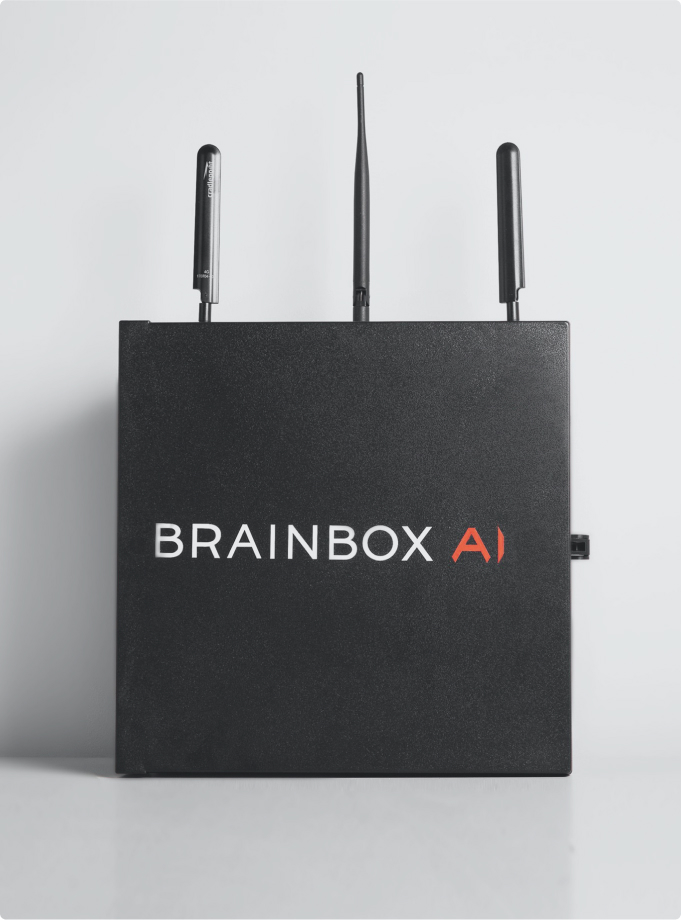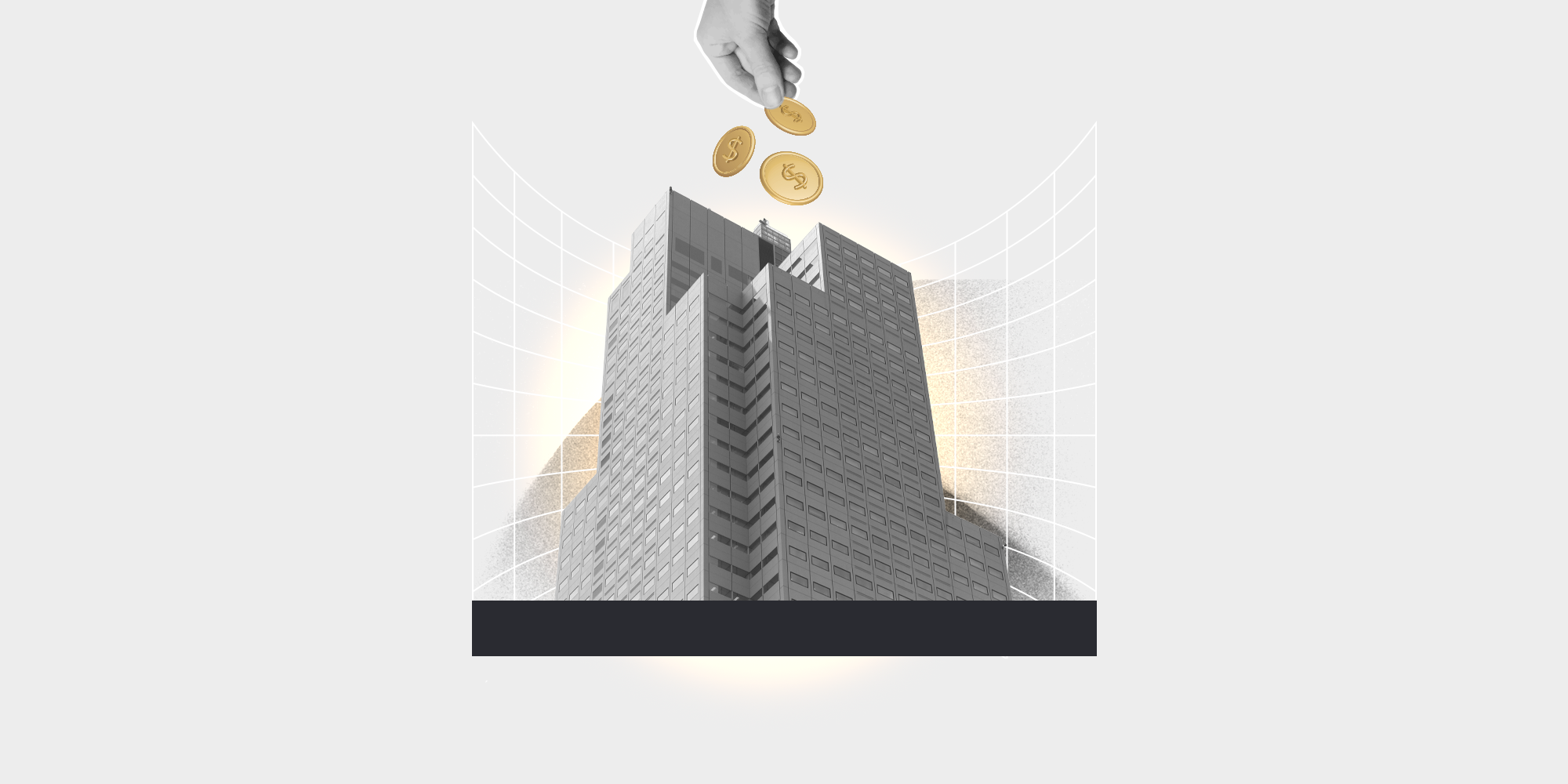Harness rising renewables: Josh Mullen on smarter building management

Key takeaways
- Renewable energy now generates 30% of global electricity, highlighting the need for flexible building management.
- FERC’s new policy update aims to accelerate the development of interregional power lines to support renewable energy distribution.
- Buildings can reduce emissions by leveraging periods when renewable energy dominates the grid and using dynamic energy scheduling.
- Renewable curtailment, when excess renewable energy is wasted, can be mitigated by buildings acting as thermal batteries.
- AI and advanced management systems will play a crucial role in optimizing energy use and integrating renewables in the building operations of the future.
Author
Josh Mullen
Product Manager, BrainBox AI
We’ve reached a critical turning point in the transition towards clean energy.
At the start of this month, it was reported that renewable energy generated a milestone 30% of the world’s electricity last year. Just one week later, the US Federal Energy Regulatory Commission (FERC) approved the first major electric transmission policy update in over a decade - a decision designed to accelerate the development of new interregional power lines. The update will also facilitate the movement of more renewables to satisfy the increasing demand driven by the rapid adoption of electric vehicles, data centers, and AI. This is significant because it underscores the need to approach building management more flexibly in order to leverage these developments.
To learn more about the significance of the surge in renewables on the grid, its impact on building operations, and how we can make the most of all that clean energy, we sat down with mechanical engineer and Product Manager for BrainBox AI, Josh Mullen.
Q: Josh, before we dive in, could you give us a brief overview of how the grid works?
Sure. Essentially, the power grid is a complex system that delivers electricity from producers to consumers. It starts at power plants, where electricity is generated from various sources like coal, natural gas, nuclear, and – increasingly - renewables like wind and solar.
From there, electricity travels over high-voltage transmission lines, which are like the highways of the grid, carrying large amounts of power over long distances. This high-voltage electricity is then stepped down at substations to a lower voltage suitable for use in homes and businesses.
Finally, it reaches consumers through local distribution lines. Along the way, grid operators manage the flow of electricity to ensure that the supply meets demand in real-time, maintaining the balance and reliability of the grid. It’s a truly dynamic system, and it’s becoming even more complex as we integrate more renewable energy sources and adapt to new technologies.
Q: You mentioned that we’re increasing the amount of renewable energy on the grid. Does that mean our grids will be cleaner? And how does grid dirtiness impact building emissions?
So, first I think it’s important to define grid dirtiness. Traditionally, grid dirtiness refers to the carbon intensity of electricity—essentially, how much CO2 emissions are produced per kilowatt-hour. The increase in using renewables like wind and solar to generate power is important because it reduces the grid’s carbon intensity — essentially making it “cleaner”.
And here’s where buildings play a significant role. Typically, a building's energy consumption directly influences its carbon footprint, which varies based on how clean the grid is at any given moment. With more renewables, the grid's carbon intensity decreases, allowing buildings to reduce indirect emissions (those resulting from consumed electricity).
So, the increase in clean energy on the grid means there’ll be more opportunities to reduce the GHGs generated through operating our buildings. There are some smart ways of going about this, like by leveraging periods when renewable energy dominates the grid. However, if there’s too much renewable energy on the grid at any given moment, those sources of power are likely to be curtailed to balance everything out. This means that clean energy will essentially go to waste.
Q: Could you explain a bit more about renewable curtailment and its implications for building management?
Absolutely. Renewable curtailment happens when there's more renewable energy available than the grid can use or demand at that moment. I like to think of it as leftovers from a meal; If a kitchen (power plant) produces more food (energy) than what the diners (grid) can eat, the excess (curtailment) must be thrown out unless it has a way to be stored or redirected elsewhere.
Renewable curtailment is a fascinating challenge. And it’s more common than most people think, especially in regions rich in renewables. This is where buildings can be proactive because, by shifting heating and cooling times to suit the fluctuations in renewable energy availability (otherwise known as “dynamic energy scheduling”), they can actually help mitigate curtailment. This ensures we’re getting the most out of the renewables on our grids.
Integrating more renewables can initially lead to increased curtailment periods due to oversupply. However, FERC’s grid expansion plans aim to address this challenge by improving infrastructure and enhancing grid flexibility. This will support better management and distribution of renewable energy, potentially reducing curtailment in the long run while allowing for more effective utilization of clean energy and further supporting dynamic energy scheduling.
Q: Aside from dynamic energy scheduling, what other strategies can buildings use to adapt to this dynamic and help reduce renewable curtailment?
One other effective strategy is the use of batteries. I’m not talking Duracell AA’s here. I’m talking about buildings themselves acting as massive thermal batteries. You see, buildings can make excellent thermal batteries, absorbing energy from, for example, solar power during a sunny day and storing it in the building's structure itself — its walls, floors, and ceilings. Later, when it's warmer outside or energy is more expensive or less available, the building can "discharge" this stored heat instead of using the HVAC system, reducing the need to draw on external power sources for heat during times when the grid is dirtier.
In this way, a building can use its physical structure to store thermal energy, much like a battery stores electrical energy – which helps manage energy consumption more efficiently.
Q. Can you give us a more tangible example of how a building can be used as a battery?
Of course. So, BrainBox AI recently conducted a pilot project with WattTime.org and the Center for the Built Environment at Berkeley, where we explored this idea of a building as a thermal battery by pre-cooling buildings during times of renewable curtailment. The building's thermal mass stores this cool energy, which is then gradually used during times when renewables are less prevalent on the grid. This effectively helps reduce the need for active cooling when renewable energy is less available, meaning a higher amount of cleaner energy is consumed. This approach is able to significantly cut down on HVAC-related Scope 2 emissions. In fact, in this particular case, we found it to curb emissions by as much as 15% during curtailment periods and the four hours that follow.
So, at the end of the day, using your building as a battery presents us with an elegant solution to making the most of renewables, turning buildings into assets for electric grids while helping accelerate the growth of renewables.
Q: How do you see the integration of renewable energy evolving in the future? And what will this mean for building management?
In many ways, the trajectory of the real estate sector is quite clear. The use of renewables is increasing, as evidenced by policy shifts like the FERC’s. With this rapid uptick in clean energy use, especially in solar and wind, there’ll be more investment made into solutions that mitigate the intermittency of renewable energy (which is dependent on whether the sun is shining or the wind is blowing).
For building management, this means a shift towards more flexible, responsive systems that adapt to and anticipate changes in grid cleanliness and renewable availability. This will reduce their environmental impact while optimizing operational efficiency.
As a side effect of this, buildings will most likely become more active energy consumers, balancing and optimizing grid energy use. AI and advanced management systems will come to the forefront as technology adapts and evolves. These solutions will enable buildings to respond intelligently to changes in energy supply and demand, which will no doubt play a critical role in the sustainable transformation of our energy systems.
Find out how we can help prep your buildings for the energy transition.















